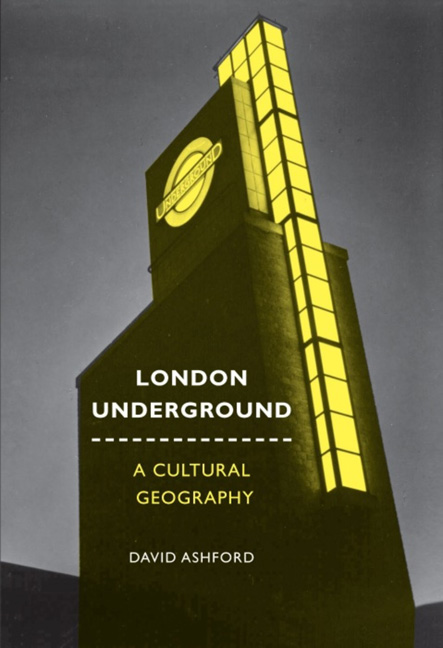Book contents
- Frontmatter
- Dedication
- Contents
- Acknowledgements
- Notes on Convention
- List of Illustrations
- The Book of the Machine: A User's Guide
- 1 Psychopathology of Modern Space
- 2 The Lord of the Dynamos
- 3 Blueprints for Babylon
- 4 Making a Home in Modernity
- 5 Christmas in Hell
- 6 Insurrection in Alphabet-City
- 7 The Ghost in the Machine
- Index
- Platesection
6 - Insurrection in Alphabet-City
- Frontmatter
- Dedication
- Contents
- Acknowledgements
- Notes on Convention
- List of Illustrations
- The Book of the Machine: A User's Guide
- 1 Psychopathology of Modern Space
- 2 The Lord of the Dynamos
- 3 Blueprints for Babylon
- 4 Making a Home in Modernity
- 5 Christmas in Hell
- 6 Insurrection in Alphabet-City
- 7 The Ghost in the Machine
- Index
- Platesection
Summary
Wanda: Aristotle was not Belgian, the principle of Buddhism is not ‘every man for himself’, and the London Underground is not a political movement. Those are all mistakes, Otto. I looked them up.
(Jamie Lee Curtis in A Fish Called Wanda, 1988)‘With the aid of old maps, aerial photographs and experimental drifts, one can draw up hitherto lacking maps of influences, maps whose inevitable imprecision at this early stage is no worse than that of the first navigational charts’, wrote Guy Debord. Among the many old maps that provided the raw material for this psychogeographical reappraisal of the urban landscape in Debord's Mémoires (1959) is an early map of the London railway network. Mémoires consists of text lifted from sources such as travel brochures, novels, political tracts and newspapers, juxtaposed with photographs, cartoons, maps and old book illustrations, and held together by the drips, dribbles and blotches of paint added by the artist Asger Jorn. The inclusion of the railway map recalls Debord's remark some years earlier, in the Belgian surrealist journal Les Lévres Nues, that he scarcely knew of anything that could rival in beauty the maps of the Paris Metro (which had not yet been remodelled on the pattern of Harry Beck's Tube Map): ‘It will be understood that in speaking here of beauty I don't have in mind plastic beauty’, he wrote, ‘but simply the particularly moving presentation in both cases, of a sum of possibilities’. As Simon Sadler observes, the inclusion of a map predating the one produced by Harry Beck points towards the new trends in art that were trying to break away from modernism's hard-edge geometry: Debord must have ‘enjoyed the way the drifting nets of track reminded him of psycho-emotional meanderings generally – a little like those that guided Jackson Pollock's drips – and resembled the courses of the drift, which paid so little regard to the internal boundaries of the city’. Where the modernist map imposed order upon the city's transport system, the image produced by Debord and Jorn encouraged uncircumscribed reverie: ‘Rather than float above the city as some sort of omnipotent, instantaneous, disembodied, all-possessing eye, situationist cartography admitted that its overview of the city was reconstructed in the imagination, piecing together an experience of space that was actually terrestrial, fragmented, subjective, temporal, and cultural’.
- Type
- Chapter
- Information
- London UndergroundA Cultural Geography, pp. 135 - 166Publisher: Liverpool University PressPrint publication year: 2013



